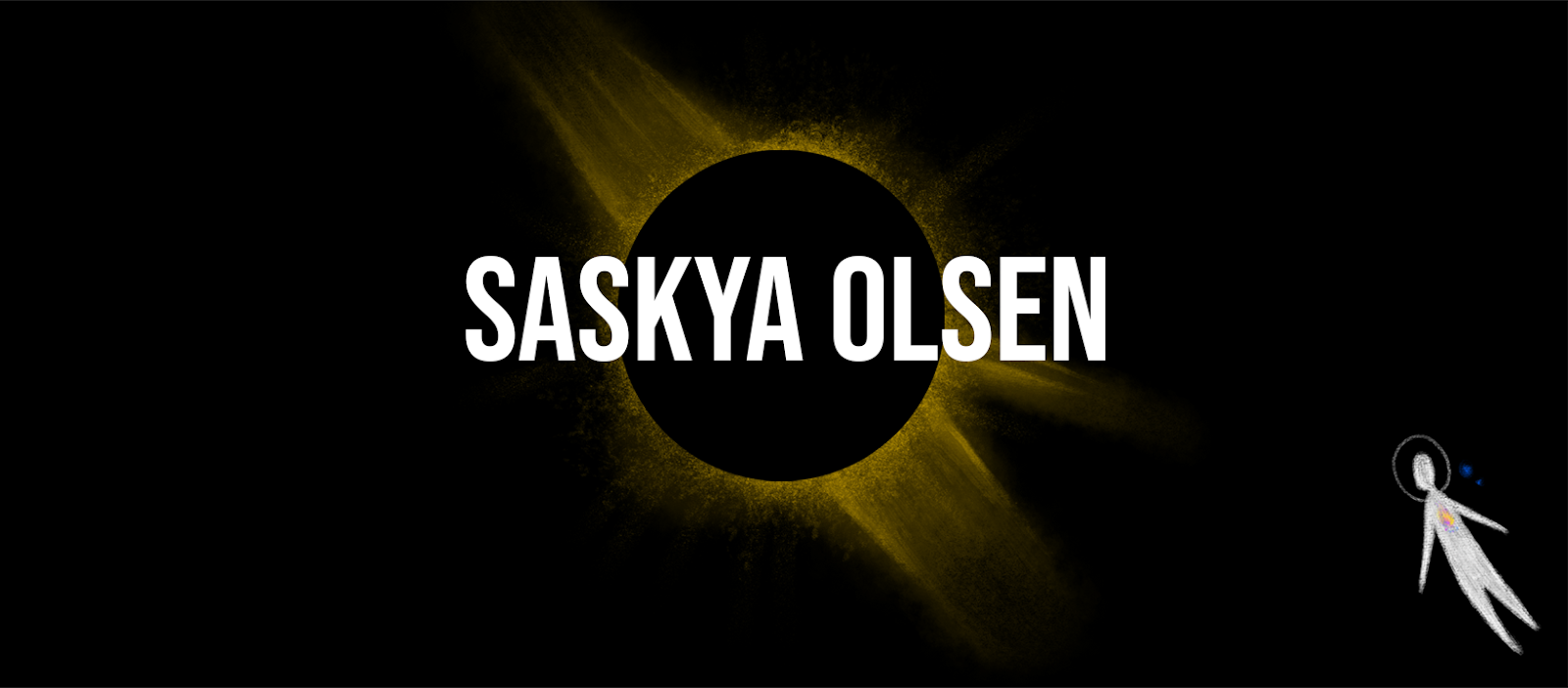The aim of
Pipeline 1 is to create an experience that effectively deals with every aspect of the professional 3D animation pipeline process. The first 14 tutorials in
head modelling begin the pipeline by creating the first area of a character model, the head. This model will eventually have a functioning body along with rigging and texturing.
 |
| The image above shows a diagram with coloured lines. These indicate the rough base shapes of this character, Jetpack Jones, throughout his base head shape. The Maya screenshot shows basic geometry used to form an initial head shape using orthographs as reference. |
 |
Once the head shape was proportioned, I worked on a mouth opening. By removing the faces around this area and manipulating the vertices, I made way for lips and a throat. At this time, I gradually worked on adjusting the head shape, using extra geometry to develop cheeks, a chin, and a forehead. I also created a better socket for the temporary eye to sit within.
|
 |
| By extruding the edges around the mouth opening, I was able to create lips. I then framed the mouth with appropriate corner creasing and a dip that separates the bottom lip from the chin. |
 |
| Next, I continued to develop on the character's basic head shape by creating realistic facial contours. I then established a eye socket which includes eyelid folds, cupping the eyeball in a more realistic fashion. |
 |
The most significant modelling addition at this stage was the nose. I free-handed a nose using the orthographs; I disliked the mathematical process shown in the nose modelling tutorial.
|
 |
Next, I resealed the head models skull cap and introduced a space for the models ears. This was an opportunity to practice mirroring and merging vertices.
|
 |
| I got to work developing a proper eyeball. Instead of using a single sphere, I used two to form a cornea and eyeball base. Once textured, this eyeball model will look more effective when compared to a single sphere. |
 |
| Next, I revisited the models mouth. Continuing from the lips I extruded and down into the models neck, forming a throat. I was able to create a cylindrical throat shape by snapping vertices to a polygon cylinder before deleting the shape. |
 |
| I added to the base head model by attaching eyebrows. Starting with a simple plane, I used the orthographs to construct the right shape before extruding the plane into the head to give the eyebrow some mass. |
 |
| Similarly to the eyebrows, I created a head band by manipulating a polygon plane shape. I snapped the vertices to the base head and extruded the edges down the the chin of the head model. 'Snapping' allowed me to copy the angles of the face, creating a fitted head band. |
 |
I finalised the Jetpack Jones headpiece by creating ear coverings. I bevelled and extruded edges of a half sphere to form an ornate earpiece, disguising the holes on each side of the models head.
|
 |
I think the final head model is a successful replica of the pipeline 1 head modelling tutorials. I learnt that patience can solve most imperfections; taking the time to adjust and experiment can massively improve a model. I think my outcome is characterful and infused with my own personal modelling style. Further developments would benefit some creasing found on the back of my model head, and I think the front of the model head is very triangular (duck mouth). Other than these improvements, I am happy with my first ever humanoid Maya character head model.
|














Comments